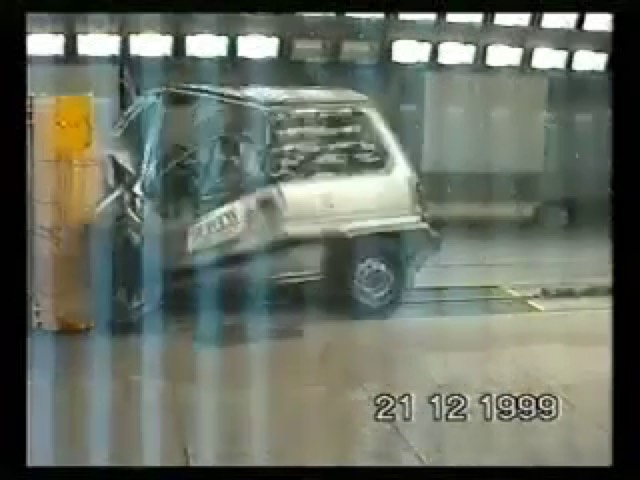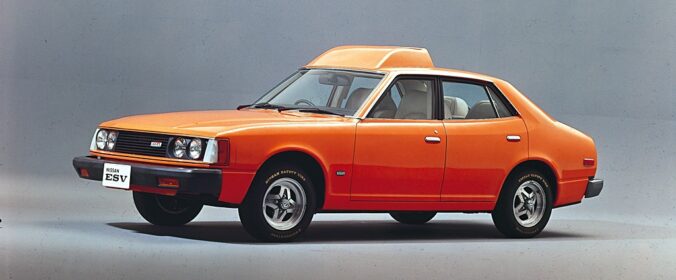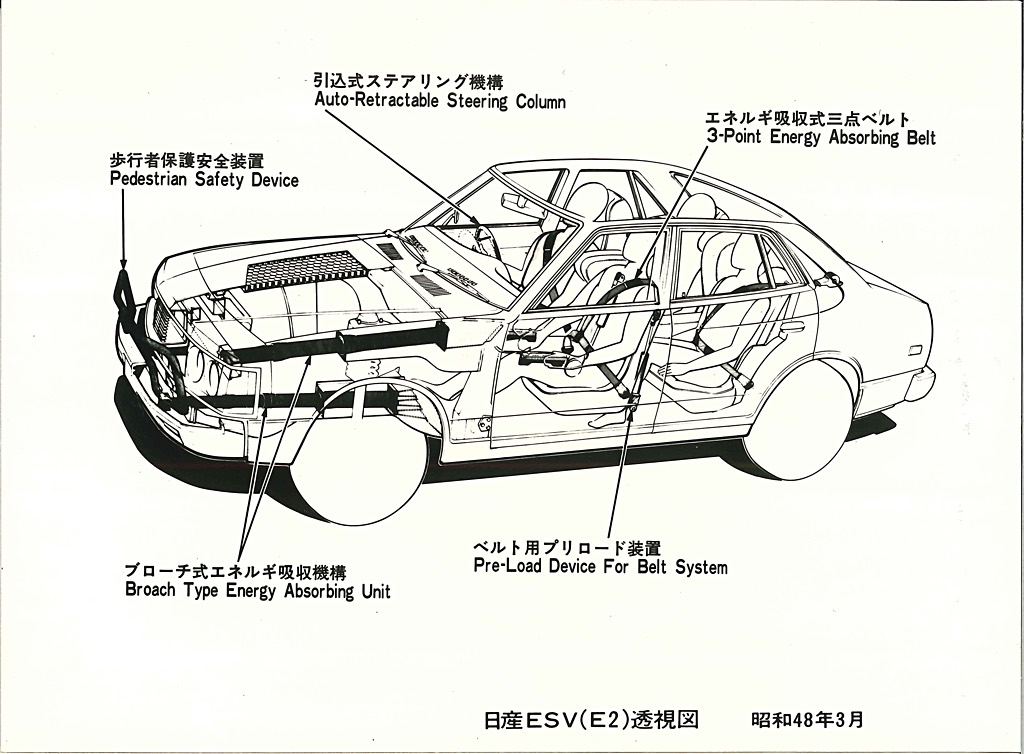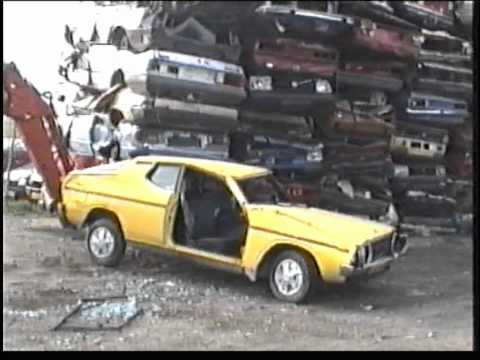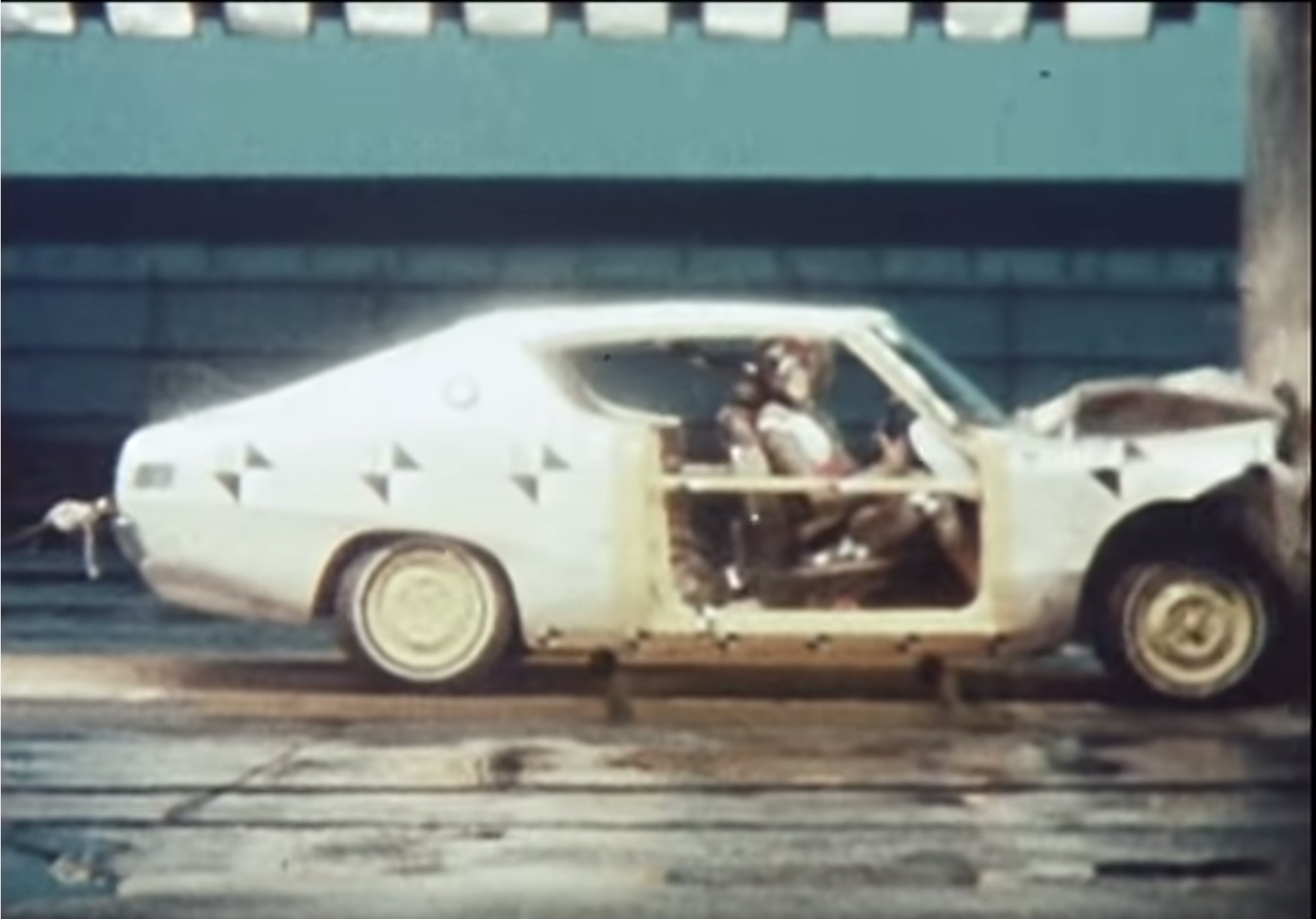The crash video of the 1985 Honda City below is only 3 seconds long and it must be one of the shortest videos you can find on Youtube! Regardless of this, the three seconds (and video description) contain a lot of information. So let’s dissect that information!
First of all, the title is “1985 Honda Jazz (City) crash test” and that gives us the information that either the car is a 1985-model, or the crash test was performed in 1985. I think the former may be true as there is a timestamp in the video that reads 21-12-1999, which indicates the test might have been performed on the 21st of December 1999.
Continue reading